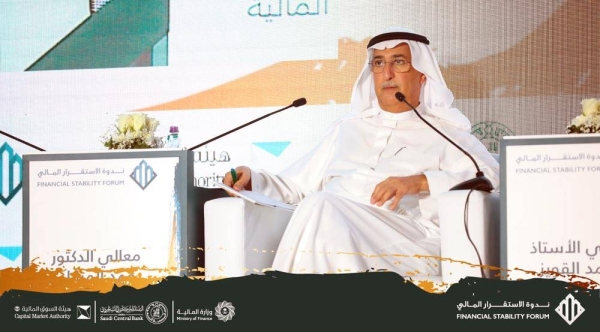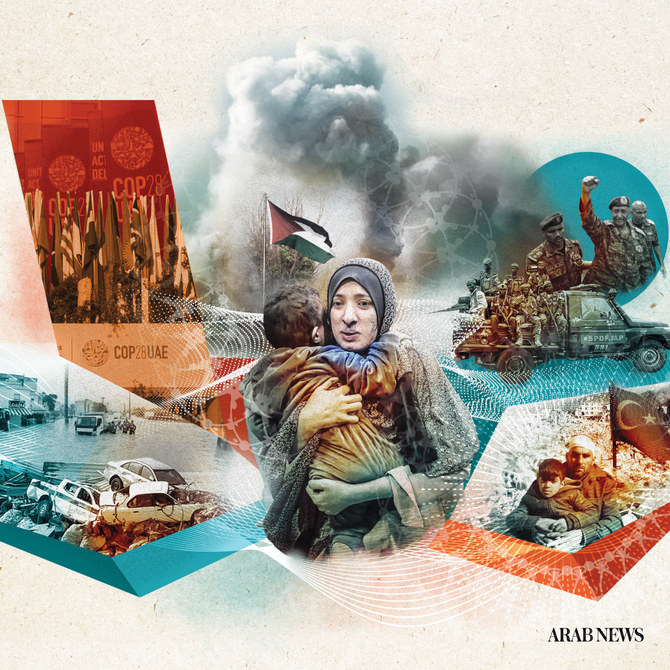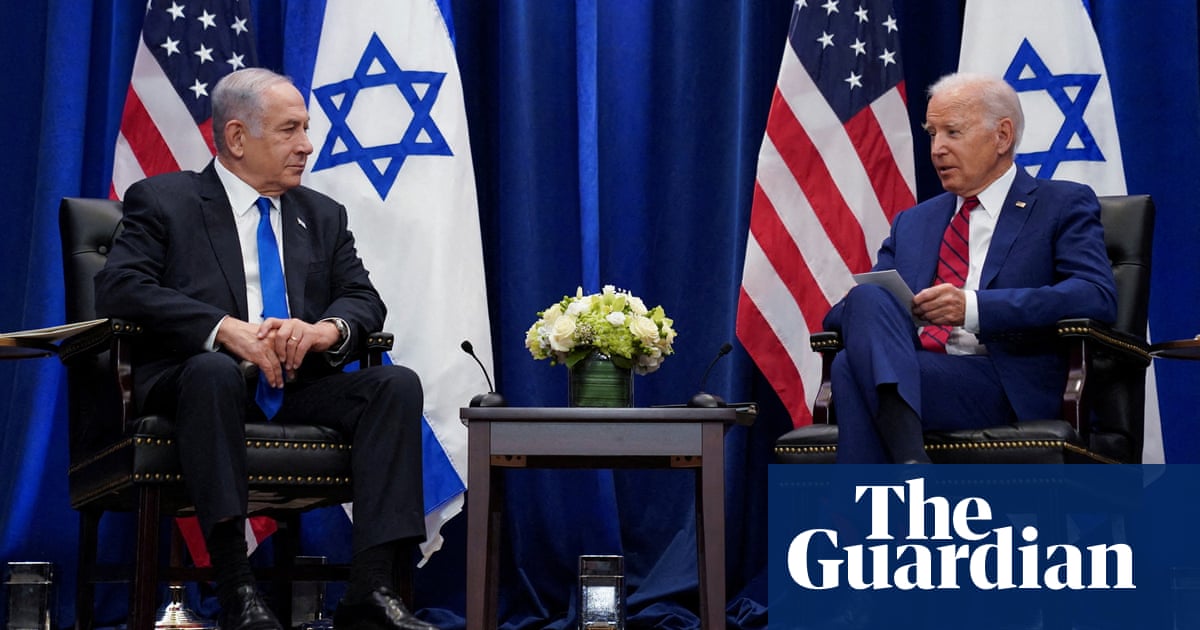
As 2019 came to a close, most forecasts had settled on the changing trajectories across a fragmented global landscape, focusing on the nebulous and weighed against an abrupt shift in US foreign policy. No one could have predicted that a viral outbreak in a little-known city in China would become the origins of a pandemic that came to define 2020, and how the world hopes to recover as it enters 2021.
Indeed, any predictions for what awaits the Middle East and North Africa, and the rest of the world, will be influenced mostly by simultaneous recovery efforts — from the pandemic itself and the economic fallout it induced. However, while it is important for the Arab world to find its feet in this first year of the “post-normal” era, certain undercurrents cannot be ignored, especially when they are capable of intensifying existing conflicts or destabilizing relatively stable regions.
First, most Arab governments will have to steer clear of unbridled optimism at the start of 2020, which led to the authoring of ambitious budgets and the pursuit of economic diversification plans, buoyed by high oil prices. Such hopes were soon scuttled by an oil price war, followed soon after by a massive drop in energy demand due to pandemic-induced slowdowns across the globe. In a single year, the region’s oil producers were twice brought to the brink, and must therefore confront a painful paradox that has delayed reforms and investments aimed at boosting non-oil sectors.
Simply put, even if most forecasts agree energy demand will resume, it is unlikely prices will hit pre-pandemic levels to sufficiently fund diversification. Lucrative returns from the oil sector already disincentivize investments in as-yet fragile non-oil sectors. Yet even if post-pandemic oil revenues fall short of expectations, it is absolutely imperative for diversification to continue, which may require the introduction of new taxes.
However, introducing new tax regulations after decades of welfare state policies will probably sow rancor in societies already struggling with high unemployment and the “COVID recession.” Thus, budgets across the region in 2021 may err on the side of conservatism, focusing more on recovery, curbing rising debt and injecting liquidity in local markets to jumpstart economic activity. Any efforts to tweak existing tax regimes or introduce new levies in order to increase public revenue inflows will have to wait until economies stabilize.
Second, the pandemic may have shifted priorities in the region but once recovery efforts begin to bear fruit the region’s “cold wars” will continue, and perhaps even turn frostier. Should hardliners win elections in Israel and Iran, they could intensify the so far limited confrontations and war of rhetoric. Worse yet, any further antagonism between Tel Aviv and Tehran will imperil any planned negotiations for a renewed Joint Comprehensive Plan of Action (JCPOA), which the incoming Biden administration has signaled it will pursue.
While it is important for the Arab world to find its feet in this first year of the “post-normal” era, certain undercurrents cannot be ignored, especially when they are capable of intensifying existing conflicts or destabilizing relatively stable regions.
Hafed Al-Ghwell
The Gulf states also have a stake in any planned discussions between Washington and Tehran since they form the sharp end of the US “stick” against Iranian hegemony, making the peninsula integral to any White House negotiation strategy. However, the more interests there are in already complex talks, the less likely it is for all parties to reach a mutually beneficial settlement. The initial talks will reveal whether the Gulf states will accept a compromise based on multilateral geopolitical interests or prefer regional interests to take precedence given Tehran’s influence in Yemen, Iraq, Syria and Lebanon.
Third, the Sahel and North Africa are slowly drowning under multiple crises from the devastating civil war in Libya, a coup in Mali, the threat of a new conflict over the Western Sahara and climate change. A fragile cease-fire has not stopped warring factions from crowding Libya"s Sirte-Jufra frontlines. It signals the potential for yet another flare up even as warring factions work to settle differences via foreign-sponsored diplomatic initiatives.
In the Horn of Africa, Somalia failed to have its parliamentary elections on Dec. 1 and with the US planning to withdraw its military presence there is little chance elections would proceed without obstruction.
For Sudan, 2021 will be a big test as an impatient protest movement ponders a return to the streets since conditions have not substantially improved a year after the removal of Omar Bashir. Sudan also finds itself wedged in a stand-off between Egypt and Ethiopia concerning Addis Ababa"s plans for the Grand Renaissance Dam, endangering Nile River flows.
Climate change has made food and water security issues a top priority in this mostly arid region of the world, more so for Egypt’s 100 million population that is dependent on the uninterrupted flow of the Nile. This dispute is emblematic of the growing imbalance between North Africa, the Sahel and the Horn of Africa — and with worsening climate change, unprecedented droughts and floods will exacerbate existing security challenges and political fragility.
Should Washington persist with its lack of interest in deploying its arbitration and dispute resolution capabilities, the Sahel could once again plunge into the void of ceaseless conflicts. This will transform the region into a permanent haven for nefarious elements such as Al-Qaeda in the Maghreb and the still active remnants of Daesh.
Elsewhere, the Levant continues to be a serious concern, and not only because of Syria, where a US drawdown has emboldened the Russian-backed Assad regime to pursue a “final” assault on rebel strongholds, particularly those close to the Turkish border. Lebanon remains embroiled in a political quagmire, crippling much-needed state capacities to fully respond to dual financial and economic crises.
Beirut is now forced to ration about $2 billion to cover subsidies until the first half of the new year because international support remains premised on curbing Tehran-backed Hezbollah"s expanding influence in Lebanese affairs. Once subsidies collapse, Lebanon will be faced with a hunger crisis on top of existing governance, economic, financial and public health crises, which will also affect about a million Syrian refugees uncertain about returning to the smolder and ruin of ceaseless conflict.
If the key to forecasting lies in understanding the present, then 2021 is rife with troubling potential developments, which could either brew fresh conflict, crack new fault-lines or bring old rivalries back to the fore. Almost every country is under threat from destabilizing developments — most of them stemming from the pandemic, which gives credence to the arguments for optimistic outlooks as vaccination drives ramp up and lockdown restrictions are lifted.
Unfortunately, the reality will be different.
Regional rivalries will continue to exploit new and old tensions in pursuit of geopolitical aims or an edge up in the competition for political and ideological primacy across the region. The only difference will be the tenor in which developments occur, favoring discourse and rapprochement instead of messy proxy battles. Nonetheless, the resulting landscape will only make the descent into the illiberal much more inevitable and no amount of chastising from Washington will reverse these trajectories.
In the end, what awaits the Middle East and North Africa in 2021 is more of the same — except it will be less deliberate and more polite.
Hafed Al-Ghwell is a non-resident senior fellow with the Foreign Policy Institute at the John Hopkins University School of Advanced International Studies.
Disclaimer: Views expressed by writers in this section are their own and do not necessarily reflect Arab News" point-of-view












